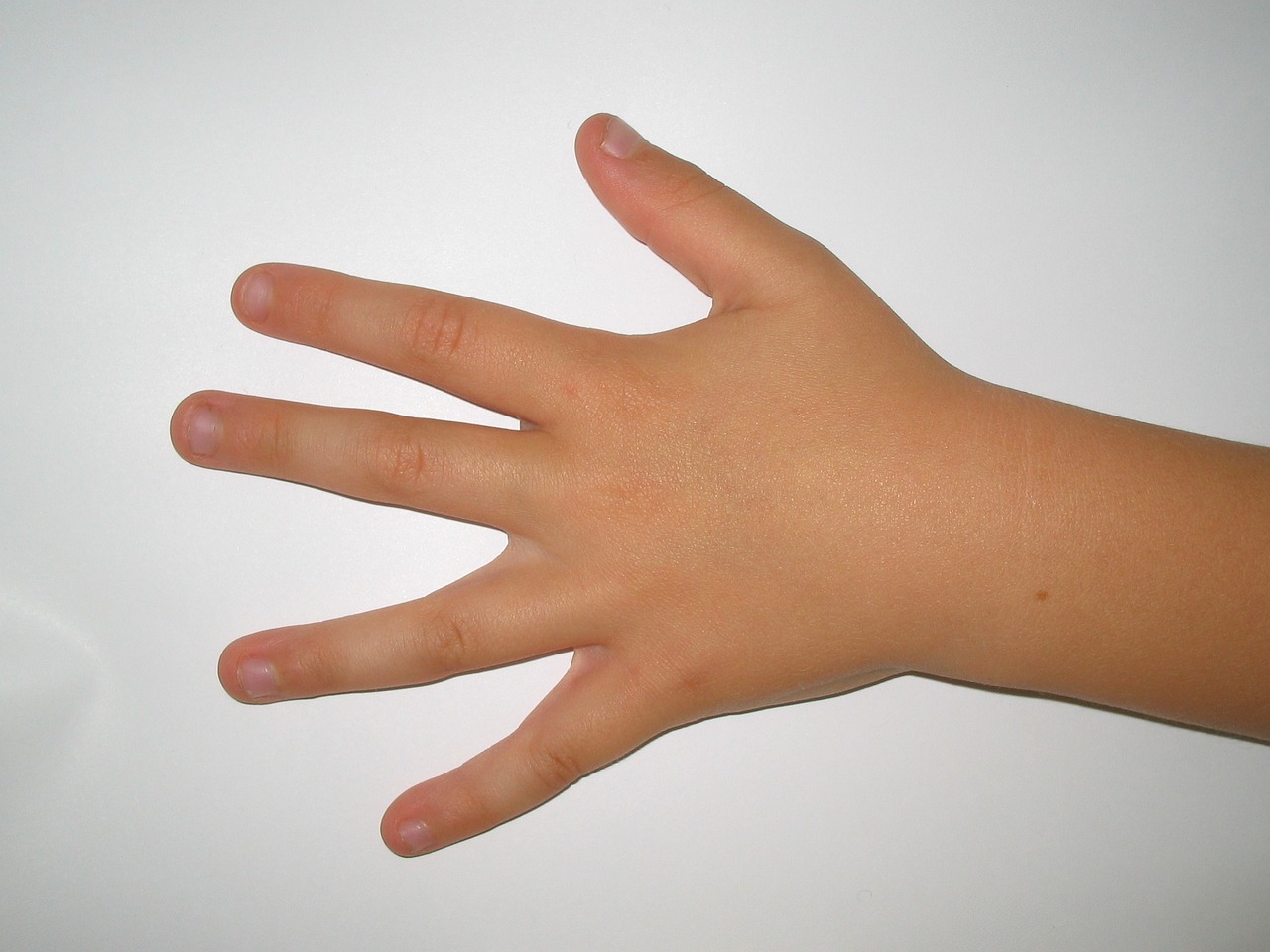With the changes in people’s lifestyles and the ecological environment, global carbon emissions remain high, the earth’s “fever” is affected by many factors and is very complex, the phenomenon of climate warming is difficult to reverse in the short term, and more and more people are dying of diseases caused by abnormal meteorological conditions.
The usual popular term for getting sick from heat is called heat stroke.
How can heat stroke kill?
In fact, heat stroke is heat stroke, heat exhaustion, heat cramps, sunstroke, is caused by high-temperature environment caused by the dysfunction of the thermoregulatory center, sweat gland failure and or excessive loss of water and electrolytes due to disease. They often co-exist and cannot be clearly distinguished.
Pyrexia occurs in high temperature, strong thermal radiation and high air humidity weather conditions, when the body heat dissipation difficulties, resulting in body heat storage, body temperature rise. The accumulation of heat in the body leads to dysfunction of the thermoregulatory center, reduced cardiac output, and sweat gland failure, which further increases the accumulation of heat in the body.
The performance is characterized by the triad of signs: high fever, absence of sweating, and impaired consciousness or coma.
Hyperthermia and central nervous system symptoms, the onset of the disease is acute, often preceded by limb pain, headache, dizziness, nausea, vomiting, followed by a high fever, body temperature of up to 40 degrees Celsius or more. After sweating, there is “closed sweat”, dry and hot skin, fast and weak pulse, shallow respiration, and in severe cases, coma, epileptiform convulsions, and pupil constriction may occur. If effective rescue measures are not taken in time, the patient may die due to circulatory and respiratory failure, pulmonary edema, cerebral edema, hepatic and renal failure, and disseminated intravascular coagulation, with a mortality rate of up to 30%, and the mortality rate of high-risk special populations can reach up to 30%. 30%, up to about 80% in high-risk special groups.
Heat exhaustion mostly occurs under the meteorological conditions of high temperature and strong thermal radiation, and the pathogenesis is still unclear.
The onset of heat exhaustion is often preceded by headache, dizziness, nausea, thirst, chest tightness, pallor, cold sweat, weak or slow pulse, excessive sweating and cardiovascular dysfunction, causing hypovolemia and hyponatremia.
The presentation is characterized by the dichotomous signs: weakness and often no high fever.
The onset is rapid, with dizziness, headache, palpitations, nausea, vomiting, pallor, excessive sweating, cold clammy skin, low or slightly elevated temperature, weak pulse, decreased blood pressure, syncope, convulsions of the hands and feet, and in severe cases, circulatory failure.
Heat cramps most often occur in high temperatures and strong heat radiation of dry heat type high temperature environment. As a result of profuse sweating, excessive loss of sodium chloride and potassium, imbalance of water-salt balance, and disturbances in electrolyte balance cause neuromuscular spontaneous impulses and spasms.
The manifestation is characterized by a dichotomy: severe muscle spasms, pain.
The spasm starts from the gastrocnemius muscle of the calf and extends to the upper limbs and abdominal muscles, and the spasm is mostly paroxysmal and tonic and symmetrical. Body temperature is normal, consciousness is awake, before the onset of profuse sweating, thirst, low urine, proteinuria, muscle pain, limb weakness, and later muscle spasm.
Sun radiation disease mostly occurs in summer and autumn in the open air and the environment of heat radiation, solar radiation or strong thermal radiation lines directly on the unprotected head, so that the intracranial tissues are subjected to heat, and the brain tissue is congested and edematous.
The performance is characterized by the six syndromes: severe headache and dizziness, blurred vision and tinnitus, nausea and vomiting, excitement and restlessness or loss of consciousness, a slight rise in body temperature, and facial flushing.
Effects of high temperatures on human systems
Effects on thermoregulation. Blood circulation and sweat gland function play a major role in thermoregulation. The thermoregulatory center and the nervous system are involved in and regulate the various aspects affecting body temperature, so that heat production and heat loss are balanced. When regulation is uncontrolled, heat stroke occurs.
Effects on water and salt metabolism. Sweating increases, and the amount of sweating depends on temperature, air humidity, heat radiation, and intensity of activity.
Sweat contains 99% water and less than 1% solid components, most of which are sodium chloride and a small amount of potassium chloride and urea, as well as vitamins B1 and C. Sweat is not simply plasma filtrate, but is the liquid secreted by sweat gland cells, and when sweat flows through the lumen of sweat glands, sodium and chloride are reabsorbed, so the last sweat discharged is hypotonic. Large amounts of sweat loss of water greatly exceeds the loss of salt, thus leading to hypertonic dehydration, so that the plasma osmolality increases, urine output decreases, if not timely supplementation of water, will cause the body to severe dehydration and water-salt balance imbalance.
Effects on the circulatory system. Loss of water due to profuse sweating causes the blood to become concentrated. At the same time, in order to adapt to the needs of the activity, the muscle blood supply increases, so that the cardiac activity is enhanced, the heart beat is accelerated, the output per beat and the output per minute increases, resulting in a heavier cardiovascular burden, and in some cases, a pathological state is produced.
Effects on the digestive system. Apparently inhibit saliva secretion, reduce gastric acidity, weaken gastric peristalsis, slow down the movement of the small intestine, reduce the absorption rate of the digestive tract, resulting in indigestion, gastrointestinal diseases increase.
Effects on the urinary system. Most of the water in the body is discharged from the sweat glands, while the pituitary gland is affected by high temperature after strengthening the secretion of antidiuretics, urine is greatly concentrated. Protein, red blood cells, and tubular patterns appear in the urine, and renal insufficiency can occur.
Effects on the nervous system. The excitability of the thermoregulatory center of the cerebral cortex is increased, and the motor area of the central nervous system is inhibited due to negative induction, so the muscle working capacity, accuracy of movement, coordination, speed of reaction and attention are reduced.
Understanding how the heat affects the human body and knowing what to do about it
Meteorological conditions in the working and living environments mainly include air temperature, humidity, air currents, thermal radiation and air pressure, which act on the human body in an integrated manner, affecting thermoregulation, and can cause diseases under abnormal meteorological conditions.
Air temperature is affected by heat sources, air humidity comes from evaporation of water and vapor release, and airflow is affected by external wind and heat pressures.
Thermal radiation is the energy emitted from an object in the form of electromagnetic radiation due to its own temperature. When the surface temperature of the surrounding objects exceeds the human body surface temperature, to the human body to dissipate a certain amount of thermal radiation, so that the human body is heated; conversely, when the surrounding object temperature is lower than the human body surface temperature, the human skin to the surrounding object radiation and heat dissipation.
Primary radiation produced by various heat sources, secondary radiation from surrounding objects, as well as conduction and convective heat, so that the temperature of the working and living environments rise, resulting in high temperatures, strong thermal radiation environment. The evaporation of moisture and the dissipation of vapors are accelerated by the increase in air temperature and airflow, creating an environment of high air humidity.
High-temperature environments are divided into dry-heat and moist-heat types. Dry heat type that is high temperature, strong heat radiation, through radiation, conduction convection heat dissipation is very difficult, mainly by evaporation heat dissipation. Damp heat type that is high temperature, high humidity, not only radiation, conduction convection heat dissipation is very difficult, and evaporation is also difficult to carry out, at this time a large number of droplets of sweat can be seen trickling down, but can not play a role in the evaporation of heat dissipation. The water in the deep tissues or body fluids of the human body evaporates through the direct exudation of the skin’s tissue interstitial space, which has nothing to do with the sweat secreted by the sweat glands.
The body’s heat production and heat dissipation must always be in dynamic equilibrium, namely, thermal equilibrium in order to maintain normal physiological activities.
The body’s heat production is mainly through the body’s material metabolism, it for the basic metabolism, food digestion, absorption and various activities to provide energy, of which the intensity of activity is the main factor to increase heat production. Body heat dissipation is mainly through the skin surface radiation, conduction convection and evaporation of the skin and respiratory tract.
The heat balance of the human body is a complex process of internal and external environmental unity under the regulation of the central nervous system. Skin temperature receptors feel the changes of internal and external environmental temperature, through the activity of thermoregulation center (the center of heat production in the posterior hypothalamus, the center of heat dissipation in the anterior hypothalamus), accordingly change the vasodilation of the skin, the activity of the skeletal muscles, as well as sweat glands and other effector organs, and at the same time, also change the level of activity of some of the endocrine glands in the body, so as to regulate the human body’s ability to dissipate heat and heat, so as to keep the temperature at a relatively constant level, to achieve the human body’s thermal balance, and to achieve a relatively constant level. relatively constant level, to achieve the body’s thermal balance.
However, there is a limit to thermoregulation, and if the body’s heat balance is impaired, heat stroke is easily caused. Elevated body temperature is the main sign of thermoregulation disorder. Skin temperature varies with meteorological conditions to a much greater extent than body temperature.
How to prevent and treat diseases caused by heatstroke
In the case of aura heat stroke or mild heat stroke, the patient should immediately leave the hot environment, go to a ventilated and cool place to rest, and take a cool salty drink by mouth.
Severe heatstroke, must be emergency rescue, mainly to correct the water, electrolyte balance and prevention of shock, cerebral edema. Vitamin B1, C and calcium should be supplemented appropriately. For those who are comatose with high fever, the body temperature should be rapidly lowered to below 38 degrees Celsius.
Physical cooling and drug cooling are carried out simultaneously. During the cooling process, nursing care must be strengthened, and body temperature, blood pressure and heart condition must be closely watched. When the anal temperature drops to about 38.5 degrees Celsius, the cooling should be stopped immediately to avoid the danger of hypothermia and defecation.
Correct electrolyte balance. Rehydration should not be too much, too fast, so as not to cause heart failure and pulmonary edema.
Sedatives should be used cautiously in severe heat cramps to prevent paralyzing the respiratory center. Prevent shock.
Measures against heat radiation. Insulation is an important measure to prevent heat radiation. Ventilation is an important measure to exclude convective heat and a way to create good weather conditions, including natural ventilation and machine ventilation. Reasonable adjustment of work and rest time according to the specific conditions, appropriate adjustment of the summer activities and rest system, as far as possible to shorten the duration of the activities, increase the number of breaks between work, appropriate extension of the lunch break, to ensure that there is sufficient sleep.
Health care measures. Tea and salty drinks. Diet to supplement the loss of protein, vitamins, water, inorganic salts and high temperature on the basic metabolic caloric effect of part of the heat energy due to heavy sweating. In summer, we should change clean and dry clothes diligently, and wear light, thin, sparse, loose and soft light-colored short shirts, skirts and shorts with good breathability, heat absorption, moisture absorption and moisture dissipation, and use rayon, silk, linen and cotton knitwear as clothing materials.
Summer clothing “four” that is, breathability, heat absorption, moisture absorption, moisture dissipation, the better, the more effective and timely absorption of sweat, and evaporate it, while helping the human body ventilation and heat dissipation, so that people wear a comfortable and cool, reducing the possibility of sudden rise in blood pressure. Silk clothes are cool and comfortable, beautiful and soothing; cotton clothes are sweat-absorbent and breathable and good for washing.
Elderly, frail and sickly, fatigue, obesity, alcohol, hunger, dehydration, salt loss, wearing unventilated or tight-fitting clothes and pants, as well as fever, ulcer disease, cardiovascular system organic disease, emphysema, active tuberculosis, severe anemia, liver, kidney, endocrine diseases such as diabetes mellitus, hyperthyroidism, congenital lack of sweat glands, taking medications that affect the secretion of the sweat glands, organic diseases of the central nervous system and so on. All of these conditions are at high risk for heat stroke in the hot summer months and require extra attention.



